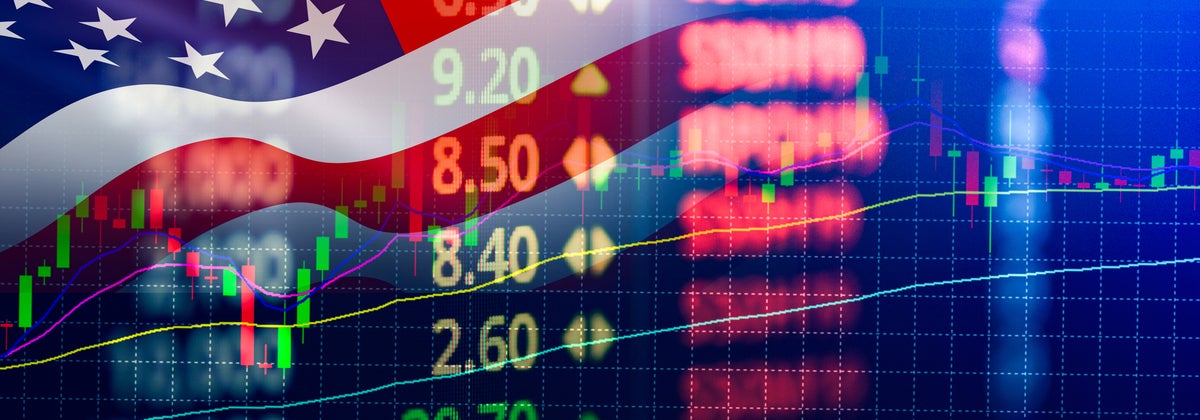Investors globally were left shell-shocked in early 2020 as COVID-19 fears triggered one of the biggest share market crashes in history. Yet, within a few weeks, financial markets were rebounding strongly. By the end of 2020, some share markets – most notably in the US – were breaking records.
The biggest investment lesson from 2020 is that staying focused on your long-term investment goals, rather than being distracted by sudden events, ultimately pays off. Investors who stayed the course, without being panicked into selling during the March 2020 crash, weathered the storm. They ended up in a much better position than people who sold at a loss and then watched from the sidelines as share prices recovered.
The same investment lesson holds true for 2021, as the economic and financial impacts of COVID-19 play out around the world. Here are four investment tips to help you achieve your long-term goals:
4 Share Market Tips to Maximise Your Portfolio. In this article we cover:
1. Share market tip: read the economic signs
That being said, the global economic outlook and how financial markets behave in 2021 do remain tied to what happens with the pandemic. How countries respond to COVID-19 over 2021 will play directly into the earnings of companies.
This will affect investment returns in those markets over the course of this year and beyond. So how and where you invest your money should take the current economic environment into account.
Economic growth rates in countries will vary over 2021. Some economies will rebound more quickly than others because of their vaccine rollout programs.
High company valuations on share markets, and lower economic growth rates, mean lower returns are likely from shares over the next 10 years. The recently released Vanguard Economic and Market Outlook notes that the outlook for global asset returns over 2021 and beyond is guarded.
International shares are expected to return between 5% and 7.5% a year over the next decade on a global level. But these forecasts are lower than the higher double-digit returns from shares over past decades. Meanwhile, record low interest rates mean returns from bonds and cash will remain suppressed for years.

2. Share market tip: follow the money
So, where are investors putting their money? One of the quickest ways to pick up investment trends is to follow the global and domestic investment money flows.
Many investors are increasingly investing their money offshore, mainly through exchange traded funds (ETFs). ETFs invest in the shares of hundreds, and sometimes thousands, of listed companies in markets around the world.
→ Want to learn more? A Beginner’s Guide to Exchange-Traded Funds
Shares are likely to continue outperforming most other investments and the rate of inflation. Returns are expected to be 3 to 5 percentage points higher than bonds over the next decade. And Kiwi investors are increasingly looking to invest overseas, primarily in US markets, through online share trading apps, such as Stake.
→ Want to learn more? How to Buy US Stocks and Shares in NZ
That said, bonds continue to play a key role in well-balanced portfolios as a buffer to the volatility on share markets.

3. Share market tip: spread your risk
Having a spread of different types of assets ultimately reduces investment risk and delivers smoother returns. This underscores the benefits of a globally diversified exposure in managing risk. This is pertinent given the expectation for higher risks in 2021, and the lower returns environment over the medium term.
Maintaining a broadly diversified portfolio that’s appropriately aligned to your goals and risk-tolerance is important. As is avoiding taking on too much risk by over-reaching for income or growth.
Ideally, you should put defined amounts of your money into specific assets, and keep your portfolio weightings at around the same levels over time. For example, depending on your investment strategy, you may have a higher percentage of your money invested in shares, and the remainder split between other types of assets.
In 2021, three things are key:
- To remain disciplined and focused on your long-term goals
- Not to be distracted by short-term markets volatility
- Accept that current economic events will probably translate into lower-for-longer investment returns
4. Check your KiwiSaver
If you’ve got KiwiSaver, the responsibility of ensuring you’re getting the best returns is all yours. So take the time to review your KiwiSaver and to compare it with other providers. You’ll soon have a clear picture of whether you’re happy with your choice of KiwiSaver provider and your returns.
Ultimately, the more informed you are as a KiwiSaver investor, the better the decisions you’ll be able to make, which should help you build more funds towards retirement or that all-important first-home deposit.
And this is where Canstar can help. Our KiwiSaver dynamic comparison tables put all the information you need at your fingertips, from average five-year returns to fees.
So if you want to discover if you’re getting true value from your KiwiSaver, start comparing providers today by hitting on the button below.
Compare KiwiSaver providers for free with Canstar!
Enjoy reading this article?
You can like us on Facebook and get social, or sign up to receive more news like this straight to your inbox.
By subscribing you agree to the Canstar Privacy Policy




Share this article